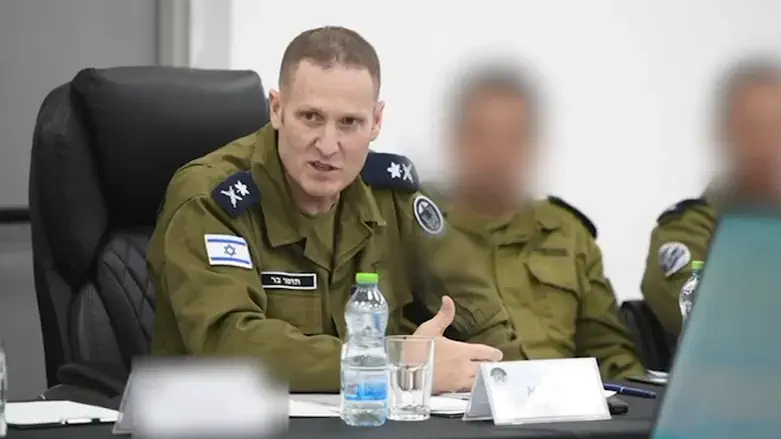
The Israel Air Force’s investigation into the October 7 massacre did not answer all the painful questions about why it did not provide protection for the civilians of southern Israel on the day of the brutal Hamas massacre.
The investigation stated that Air Force Commander Major General Tomer Bar was not a participant in the assessment of the situation led by the Chief of Staff on the night before the massacre. Major General Bar understood the magnitude of the event three hours after the Hamas invasion.
According to the IAF, the reports received at 3:00 am on the morning of the massacre were no different from reports they received on other nights during the year.
According to the investigation, the first IAF drone was deployed at 7:14 in the morning, near Netiv HaAsara, to disrupt the arrival of terrorists at the moshav. At 7:55, the first attack was carried out by a fighter jet, against a large tunnel approaching Netiv HaAsara, out of fear that it would be used by terrorists to infiltrate from underground. At 8:02, an Apache attack helicopter fired for the first time, at a terrorist near Kibbutz Re'im. IAF data also shows that on October 7, the force flew and landed 1,477 fighters in the Gaza periphery, evacuated 157 wounded - the first at 9:20 - and the attack helicopters fired 179 missiles and thousands of bullets.
At 9:30, Major General Bar issued orders - without the approval of the political echelon or the Chief of Staff - to close the breached border with the Gaza Strip from the air. "Anyone who does not have a mission, go to the border and shoot at everything that moves, a kilometer from the fence on each side." The order was given over the communications network to all pilots, which led to the elimination of hundreds of terrorists and the tragic loss of Efrat Katz, who was kidnapped from her home in Nir Oz.
Israel's missile defense systems prevented hundreds of destruction sites in the center and south that morning. A few Iron Dome batteries were available that morning in southern Israel and another battery in central Israel, which intercepted dozens of rockets fired at Tel Aviv.
Another battery quickly deployed in Ashdod joined the interception effort, and the bulk of Hamas fire was directed at the communities and positions of the Gaza periphery. Of the approximately 3,700 rockets launched in the first hours from the Strip, approximately 1,000 of which were launched at the periphery and of which approximately 500 were intercepted.
By 11:00, 50 strikes had been carried out by fighter jets, 50 by UAVs, 50 by helicopter gunships, and 2,500 artillery shells. At 1:00 PM, the IAF moved to attack inside the Gaza Strip against Hamas headquarters and command and control centers.
The IDF Spokesperson's Unit stated, "On the morning of October 7, six personal paragliders infiltrated four communities in the enclave, along with the infiltration of thousands of Hamas terrorists and a barrage of thousands of rockets. Without intelligence and advance preparation, the IAF and the forces on the ground were unable to thwart the terrorists who arrived on these paragliders before they landed.
